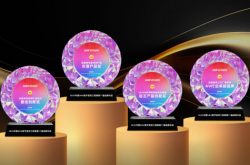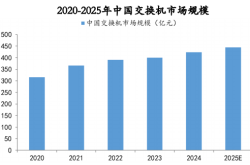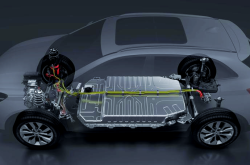China's Auto Exports Defy Trends, Achieving Breakthroughs: 75% Surge in New Energy Vehicles Becomes Cutting-Edge Weapon!
![]() 08/08 2025
08/08 2025
![]() 447
447
In the first half of this year, China's auto export performance was truly impressive, with 3.083 million units exported, marking a 10.4% year-on-year increase. Behind these robust numbers lies a significant breakthrough for Chinese automakers in the global market. Notably, new energy vehicles (NEVs) have surged ahead with 1.06 million units exported, a remarkable 75.2% jump, effectively tearing open the global market and emerging as a well-deserved growth engine.
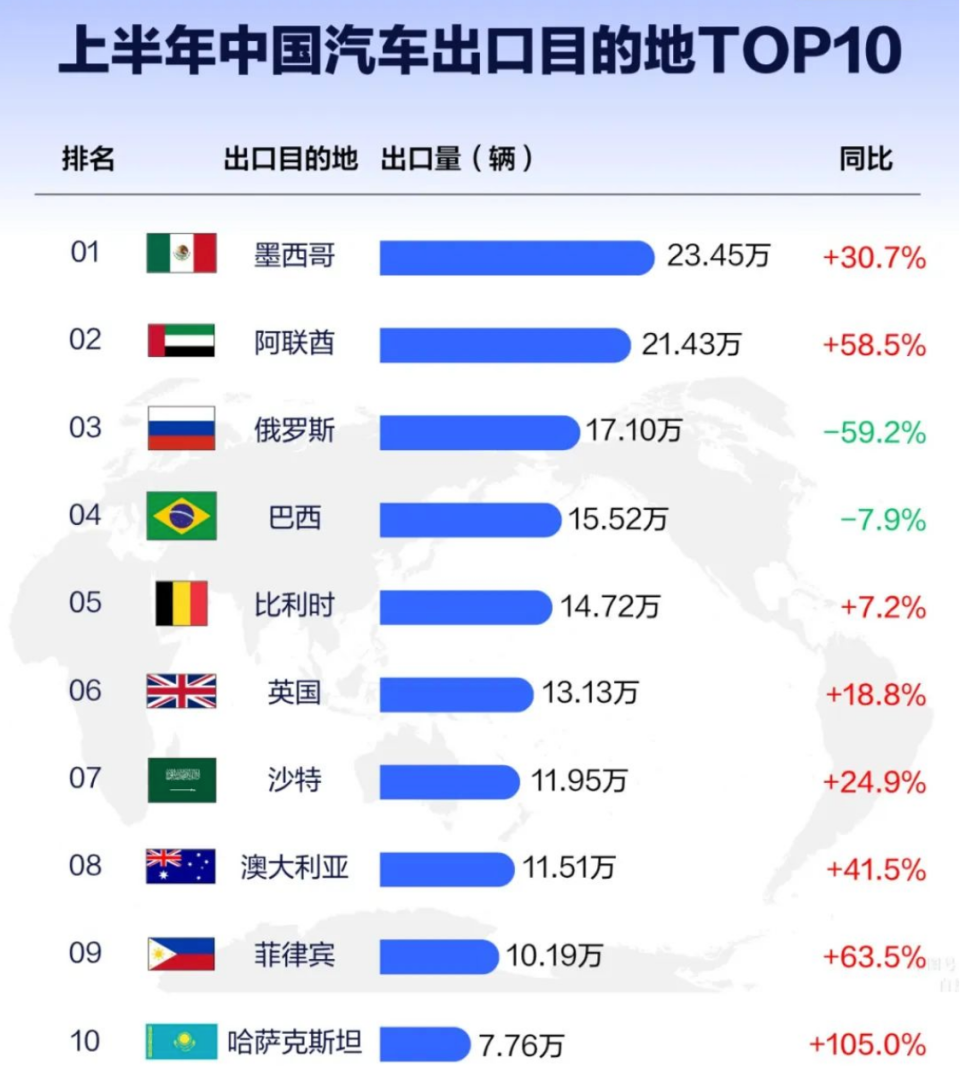
The global automotive landscape is undergoing a dramatic reshuffling, and Chinese automakers are not merely spectators. Technological innovation serves as the spear piercing through the market, while the localization strategy acts as the shield solidifying their position. With these dual strategies in place, emerging markets like Mexico and the UAE have been swiftly conquered, and traditional advantageous regions have been deeply fortified into "fortresses." This is not merely an incremental improvement but a powerful rewriting of the competitive landscape of the global automotive industry, as Chinese automakers redefine the rules of the game.
Export Patterns Shift, Emerging Markets Rise
Turbulent changes in the global auto market have sent shockwaves through the export data for the first half of this year. Media statistics for the first half of 2025 reveal a complete reversal in the top three destinations for China's auto exports. Mexico topped the list with 234,500 units, closely followed by the UAE with 214,300 units, while Russia, which had long dominated the top spot, fell to third place with 171,000 units, accompanied by a steep 59.2% year-on-year decline.
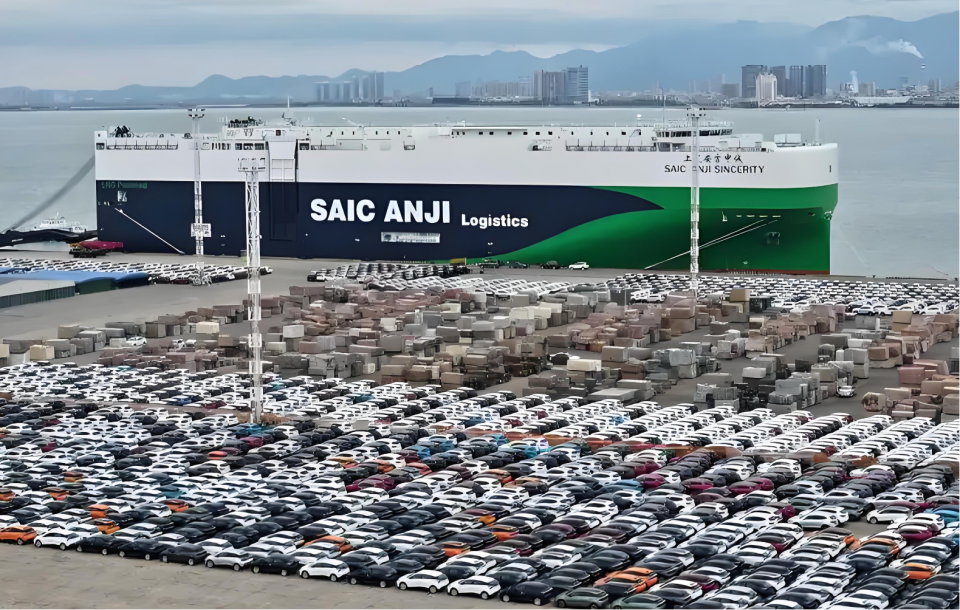
Mexico's meteoric rise stands out as the most compelling driver. As the pioneer Chinese automaker to tap into the Latin American market, it precisely targeted local consumers' appetite for cost-effective NEVs with compelling models like the Seagull and Song PLUS DM-i. A 3.2-percentage-point surge in market share in just half a year has made BYD the fiercest "disruptor" in the Mexican auto market. More importantly, the opening of this gateway to the North American Free Trade Zone has paved the way for Chinese automakers to access the heart of North America through a "secret channel."
The UAE's 58.5% surge underscores the strategic value of the Middle East market. As the largest auto import hub in the region, this explosion is the result of a collective "hunt" by Chinese automakers. Exports to Saudi Arabia and the UAE soared 67% in the first half of the year, thanks to deep ties with local dealers, turning these markets into regional hits. The Middle East's obsession with high-displacement vehicles is being forcibly rewritten by Chinese NEVs, as the impressive performance of long-range batteries in high temperatures has convinced local consumers.
In contrast, the Russian market has experienced a precipitous collapse. Soaring car loan interest rates and increased scrap taxes on imported vehicles have directly increased car purchase costs by 18% through a combination of policy measures, slashing demand in half. Moreover, the high inventories that Chinese automakers had previously stockpiled in Russia have become a burden, with inventory turnover rates of some brands plummeting by 40%, leaving them in a difficult situation. However, some automakers have shown resilience, relying on local factory production to avoid tariffs and managing to seize 1.5 percentage points of market share against the trend, becoming a rare bright spot in this declining market.
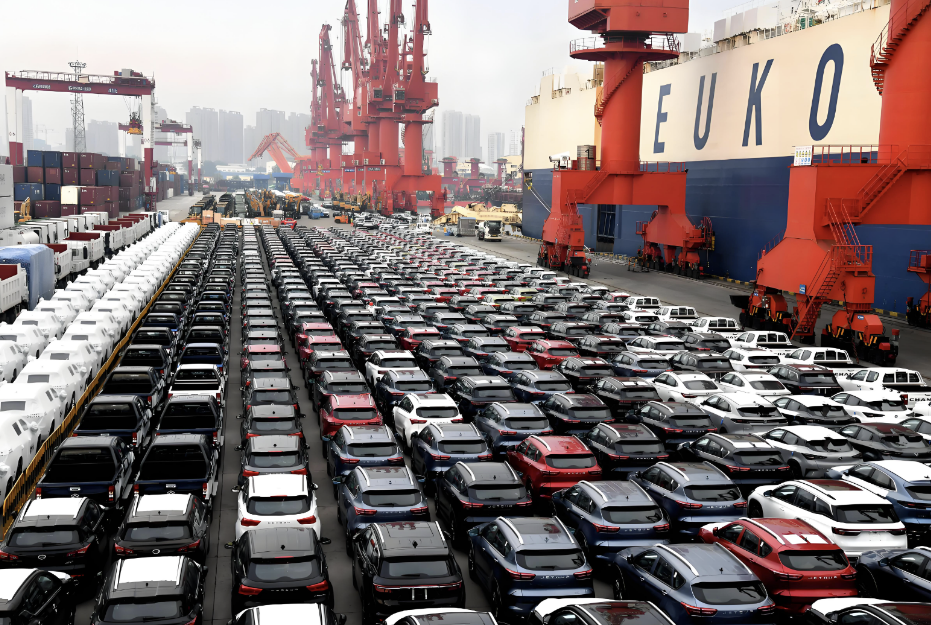
Other markets are experiencing extreme contrasts. Kazakhstan has emerged as the biggest dark horse with a 105% increase, thanks to smooth logistics between China and Kazakhstan and full-throttle operations at local assembly plants. Mature markets such as the UK and Australia are progressing steadily, with BYD and other automakers harvesting steadily with EU certifications. In contrast, the 7.9% decline in the Brazilian market starkly exposes the impact of economic fluctuations in South America on the auto market.
Automaker Race: Competition Between Old and New Forces
The strong performance of China's auto exports is essentially the fruit of collective efforts by leading automakers. In the first-half export rankings, domestic brands exhibited overwhelming advantages, occupying eight of the top ten positions, with Chery and BYD forming a clear gap in the "first tier."
Chery Automobile continued to lead with 544,900 units exported, despite a relatively modest 3.5% year-on-year growth rate. Its deep overseas accumulation remains solid. As a "veteran" in China's auto exports, Chery has established more than 10 production bases and a comprehensive sales network in Russia, the Middle East, Latin America, and other regions, with an average localization rate of 65%. Against the backdrop of the overall decline in the Russian market, Chery still maintains a 12% market share thanks to the stable output of its Tiggo series of SUVs. The core of its overseas strategy lies in "global layout + regional deep cultivation," effectively circumventing trade barriers through localized production in Iran, Brazil, and other regions. This model has become a paradigm for Chinese automakers "going out."
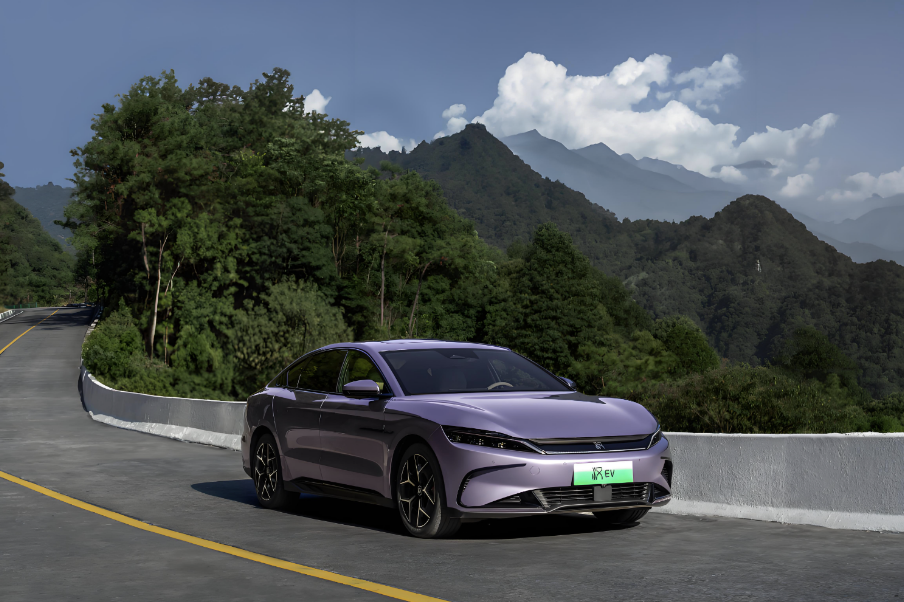
BYD emerged as the brightest spot with 443,100 units exported and an 118.2% year-on-year increase. Its growth secret lies in the deep integration of technological barriers and global layout. Relying on core technologies such as Blade Batteries and DM-i Super Hybrid, BYD has formed a differentiated competitive advantage in overseas markets. It entered the top three of the SUV sales chart in Mexico in its first month of launch, and its starting price in Europe exceeds 40,000 euros, yet it still attracts a large number of orders. More notably, BYD is building an independently controllable global supply chain, not only establishing overseas localized production bases but also forming its own shipping fleet. In the first half of the year, BYD reduced logistics costs by about 15% through independent shipping, effectively offsetting the impact of high tariffs in Europe and the United States.
Among traditional automakers, SAIC Passenger Vehicles ranked third with 242,600 units exported, but a 4.1% year-on-year decline exposed challenges. Its main export brand MG faced double pressure from and Volkswagen in the European market, with sales declining 8% year-on-year in the first half. However, SAIC's new energy transformation is paying off, with the MG4 EV consistently ranking in the top ten of pure electric vehicle sales charts in the UK, Germany, and other places, becoming an important support for brand recovery. Geely Automobile has been making steady progress with 182,000 units exported and a 7.4% growth rate, deeply cultivating the European market through the brand matrix of Volvo and Lynk & Co. The Lynk & Co 09 has won orders in Northern Europe based on safety performance certifications, and the localized factory in the Southeast Asian market has achieved full production capacity.
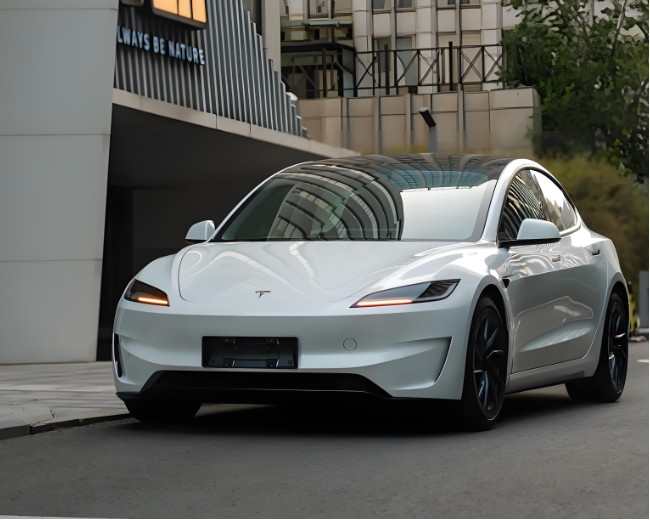
At the lower end of the rankings, the differentiation between old and new forces has intensified. Tesla China exported 101,100 units, down 31.9% year-on-year, reflecting the impact of Chinese NEV brands. Among joint venture brands, Beijing Hyundai emerged as a "dark horse" with a 248.4% year-on-year increase. Although the export volume of 34,800 units is not large, it marks the beginning of joint venture brands using China as a production base to radiate globally. Jiangsu Yueda Kia also proved with a 20.6% growth rate that exports have become a new growth point for joint venture brands under pressure in the domestic market.
Global Race Amid Technological Breakthroughs: Breaking the Deadlock is Key
The rapid advancement of China's auto exports is underpinned by a qualitative change in industrial competitiveness. From being labeled as "cost-effective" to becoming "technology leaders," Chinese automakers have achieved leapfrog development in a decade. In the field of battery technology, the energy density of CATL and BYD Blade Batteries has surpassed the industry average by 15%. In intelligent driving, systems such as Xiaopeng's XNGP and Huawei's ADS 2.0 have achieved urban pilot assistance functions, competing on the same stage as Tesla's FSD. These technological breakthroughs not only support the export advantages of NEVs but also promote the transition of traditional fuel vehicles to hybrid models, forming a full-category competitiveness.
The upgrade of the localization strategy has become the key to breaking the deadlock. Chery's factory in Brazil achieves 70% local procurement of parts and components, BYD's production base in Thailand has an annual production capacity of 150,000 units, and Geely's cooperation with Malaysia's Proton realizes localized brand operation. This model of "not simply exporting products but exporting the industrial chain" enables Chinese automakers to maintain growth resilience amidst rising trade protectionism. In the first half of the year, vehicles produced locally by Chinese automakers overseas accounted for 38% of total exports, an increase of 10 percentage points from last year.
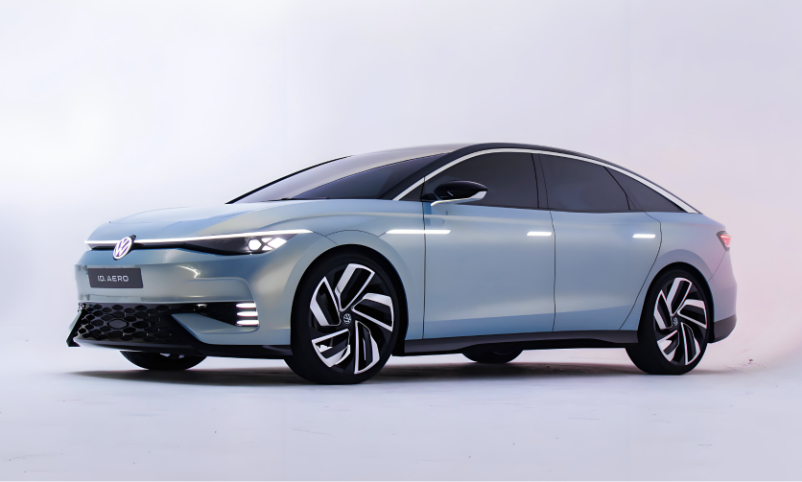
However, the challenges in the global market remain severe. The advantages of international renowned automakers in brand accumulation and high-end market layout are difficult to shake in the short term, with companies like Volkswagen and Toyota having deeply cultivated dealer networks in Southeast Asia, Latin America, and other regions for decades. Trade barriers remain a significant obstacle, and the upcoming implementation of the EU's "carbon tariff" may increase the export costs of Chinese electric vehicles by 8%-12%. Additionally, issues such as policy fluctuations in some markets (e.g., tax adjustments in Russia) and supply chain stability (e.g., chip shortages) continue to test the globalization operation capabilities of Chinese automakers.
People's Car Reviews
From the streets of Mexico to European highways, Chinese automobiles are revolutionizing the old map of global travel. The export figure of 3.083 million units in the first half of the year is not just a stack of cold numbers but a bold declaration of industrial strength. The substantial investments in research and development by BYD, Chery, and others are fueling even fiercer growth. It is a foregone conclusion that exports will exceed 6.5 million units this year, with NEVs accounting for an overwhelming 40%. Amid the reshuffling of the global automotive industry, Chinese automakers have long since shed the shackles of being "runners-up" and are forcefully seizing the throne of "leaders" on the world stage, rewriting the rules of the game with technological prowess and global layouts.

